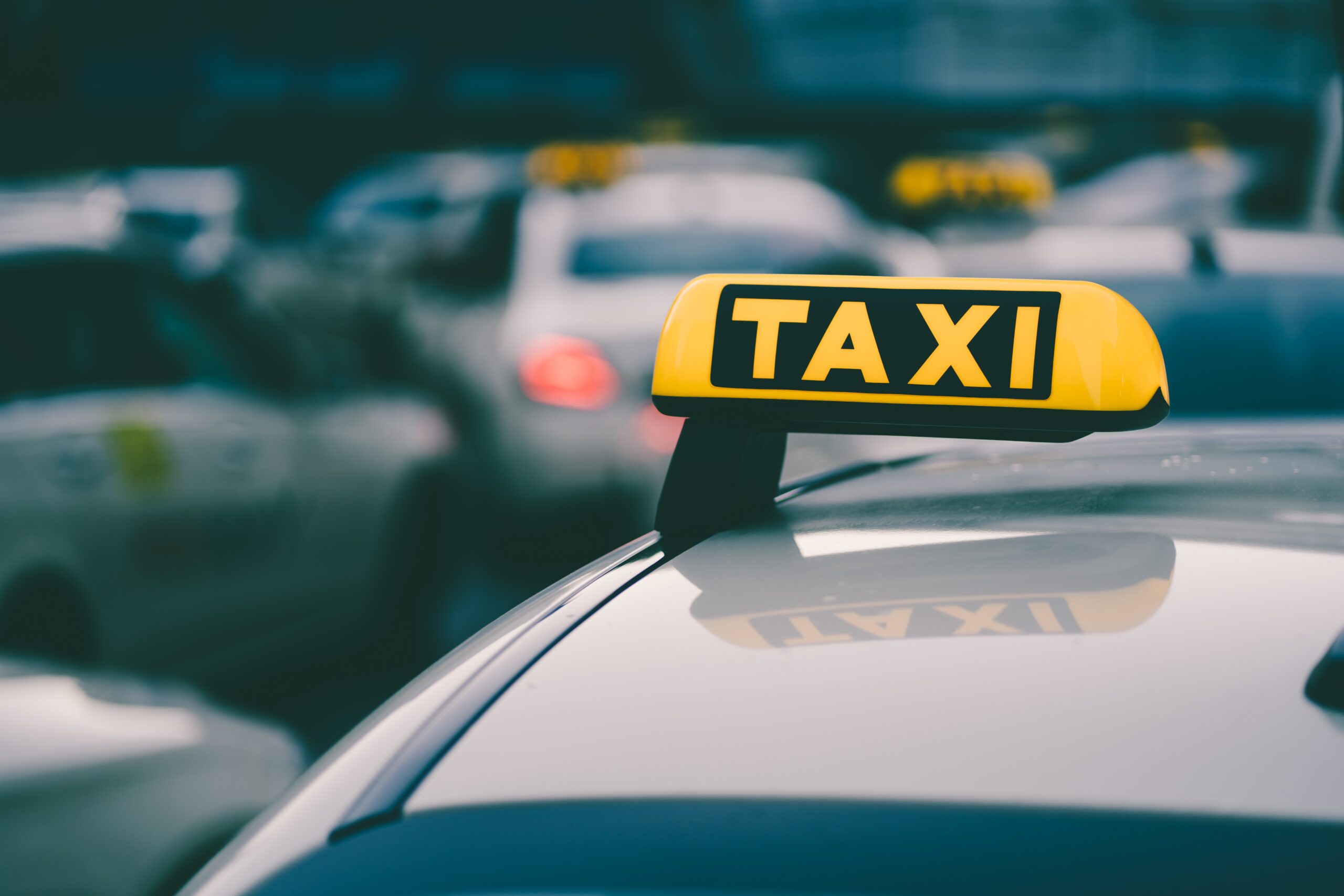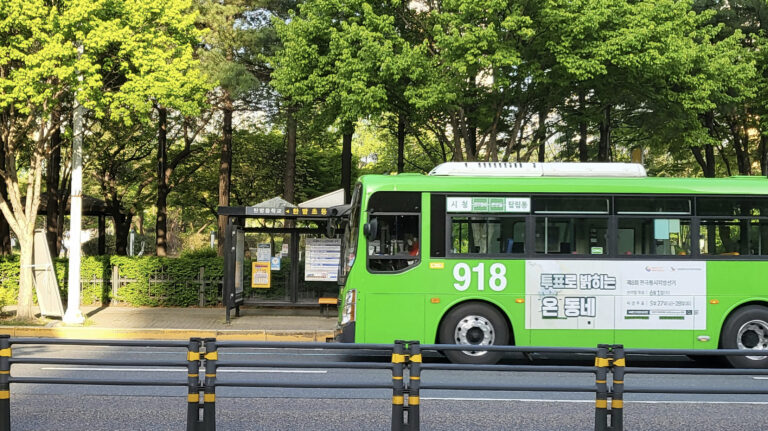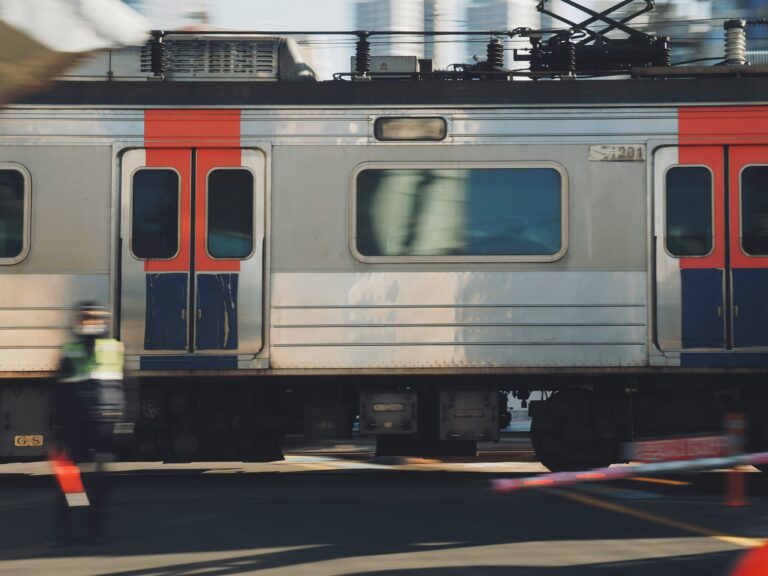Korean Taxi Guide – Essential English Phrases for Tourists in Korea

Taxis in Korea are clean, fast, and affordable—but giving directions in English can be tricky. This guide packs the Korean taxi phrases you’ll actually use, with romanization and natural English. From the shopping buzz of Myeong-dong to the artsy streets of Hongdae, ride confidently and get there without stress.
Korean Taxi Phrases – Speak with Confidence, Ride with Ease
Taking a taxi in Korea is easier than you might expect. Most rides are quick, clean, and affordable. But when it comes to explaining your destination clearly or making a special request, it can get tricky—especially if the driver doesn’t speak much English.
If you’re visiting Korea for the first time, you’ve probably wondered, “How do I say this so they’ll understand?”
This guide covers all the essential phrases you’ll actually need when riding a taxi in Korea. To make things practical, we’ve used two of the most popular spots among travelers—Myeong-dong and Hongdae—as examples.
- Myeong-dong: Seoul’s famous shopping district, packed with street food stalls, trendy fashion boutiques, and endless cosmetic shops.
- Hongdae: The heart of youth culture, famous for its artsy vibe, live music, quirky cafes, and late-night street performances.
With these phrases in your pocket, you’ll be ready to hop in a taxi anywhere—from the airport to downtown—and get to your destination without stress. You’ll find the Korean phrase, romanized pronunciation, and a natural English translation for each situation.
Each phrase includes:
- Hangul (Korean script)
- Romanized pronunciation
- English translation
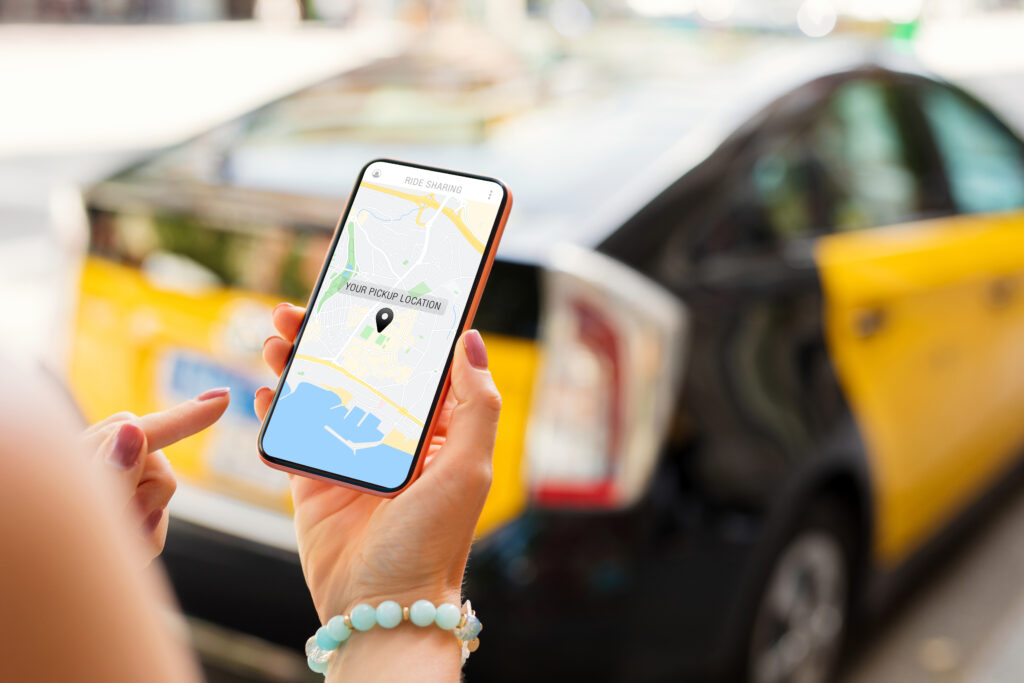
1. Saying Your Destination
- 홍대입구역으로 가주세요.
- Hongdaeipgu-yeogeuro gajuseyo.
- Please take me to Hongik Univ. Station.
This is the most basic way to tell a driver where to go.
Just remember “~로 가주세요” (please go to ~) and you can get almost anywhere.
- 강남역이요.
- Gangnam-yeog-iyo.
- Gangnam Station, please.
Short and simple—just say the station or building name plus “이요” (iyo).
It works the same as “~로 가주세요” but sounds more casual and is quicker to say.
2. Specifying Your Drop-Off Point
Perfect for when you want to get out at a specific spot, like in front of a hotel or landmark. Check the exact building name in a map app beforehand to avoid confusion.
3. Making Requests to the Driver
Great if you’re in a hurry.
Drivers may have their own preferred routes, so this helps avoid any misunderstandings.
- 네비게이션 찍어 주세요.
- Nebigeisyeon jjigeo juseyo.
- Please use the navigation.
Useful for unfamiliar destinations. Korean GPS apps are very reliable.
- 에어컨 좀 켜 주세요.
- Eokeon jom kyeo juseyo.
- Please turn on the air conditioning.
Essential in Korea’s hot, humid summers.
In winter, you can say “히터 켜 주세요” (Heater kyeo juseyo) to turn on the heater.
- 좀 천천히 가 주세요.
- Jom cheoncheonhi ga juseyo.
- Please go a bit slower.
A polite way to ask the driver to slow down if the ride feels too fast.
4. When You’re Almost There
- 조금만 더 가 주세요.
- Jogeumman deo ga juseyo.
- Please go just a little further.
Handy if you want to be dropped off slightly past your original stop.
- 여기에서 내려 주세요.
- Yeogie seo naeryeo juseyo.
- Please let me off here.
Say this once you’ve reached your preferred spot.
The driver will find a safe place to stop.
5. Payment & Fare
- 얼마예요?
- Eolmayeyo?
- How much is the fare?
Simple and direct.
Most taxis in Korea use a meter, so the driver will tell you the exact amount.
- 카드로 할게요.
- Kadeuro halgeyo.
- I’ll pay by card.
Credit and debit cards are accepted in almost all Korean taxis.
- 현금 있어요.
- Hyeongeum isseoyo.
- I have cash.
Cash works fine too—just let the driver know.
- 영수증 주세요.
- Yeongsujeung juseyo.
- Can I get a receipt, please?
Useful for business trips or expense claims.
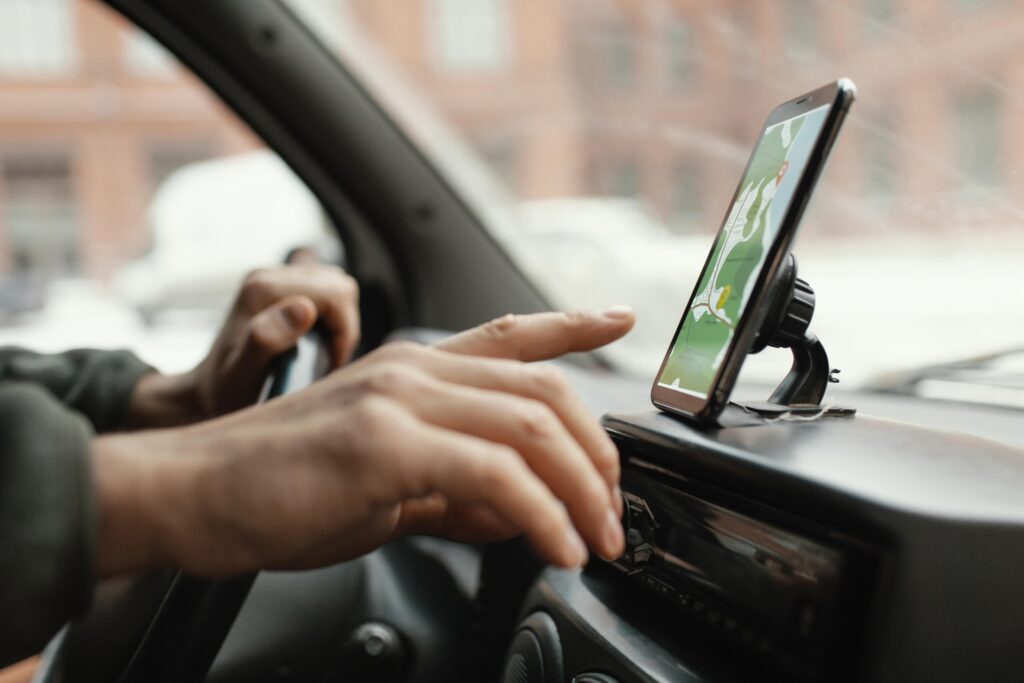
Quick Reference: Must-Know Korean Taxi Phrases
| Hangul (Korean script) | Romanized pronunciation | English translation |
| 홍대입구역으로 가주세요. | Hongdaeipgu-yeogeuro gajuseyo. | Please take me to Hongik Univ. Station. |
| 강남역이요. | Gangnam-yeog-iyo. | Gangnam Station, please. |
| ○○ 건물 앞에 내려주세요. | ○○ geonmul ape naeryeojuseyo. | Please take the fastest route. |
| 제일 빠른 길로 가주세요. | Jeil ppareun gillo gajuseyo. | Where do I transfer? |
| 네비게이션 찍어 주세요. | Nebigeisyeon jjigeo juseyo. | Please use the navigation. |
| 에어컨 좀 켜 주세요. | Eokeon jom kyeo juseyo. | Please turn on the air conditioning. |
| 좀 천천히 가 주세요. | Jom cheoncheonhi ga juseyo. | Please go a bit slower. |
| 조금만 더 가 주세요. | Jogeumman deo ga juseyo. | Please go just a little further. |
| 여기에서 내려 주세요. | Yeogie seo naeryeo juseyo. | Please let me off here. |
| 얼마예요? | Eolmayeyo? | How much is the fare? |
| 카드로 할게요. | Kadeuro halgeyo. | I’ll pay by card. |
| 현금 있어요. | Hyeongeum isseoyo. | I have cash. |
| 영수증 주세요. | Yeongsujeung juseyo. | Can I get a receipt, please? |
Extra Tips for Taking Taxis in Korea
- Most drivers are friendly, and even a few basic Korean phrases can make the ride smoother.
- Use Kakao Map or Naver Map for the most accurate locations—Google Maps doesn’t work well in Korea.
- Save your destination in Korean and English in your phone’s notes app so you can show it to the driver if needed.
Looking for more practical Korean phrases?
Don’t miss these helpful posts:
Essential Korean Phrases for Using the Korean Subway
Images licensed from Freepik Premium and used from Unsplash. All rights reserved.
